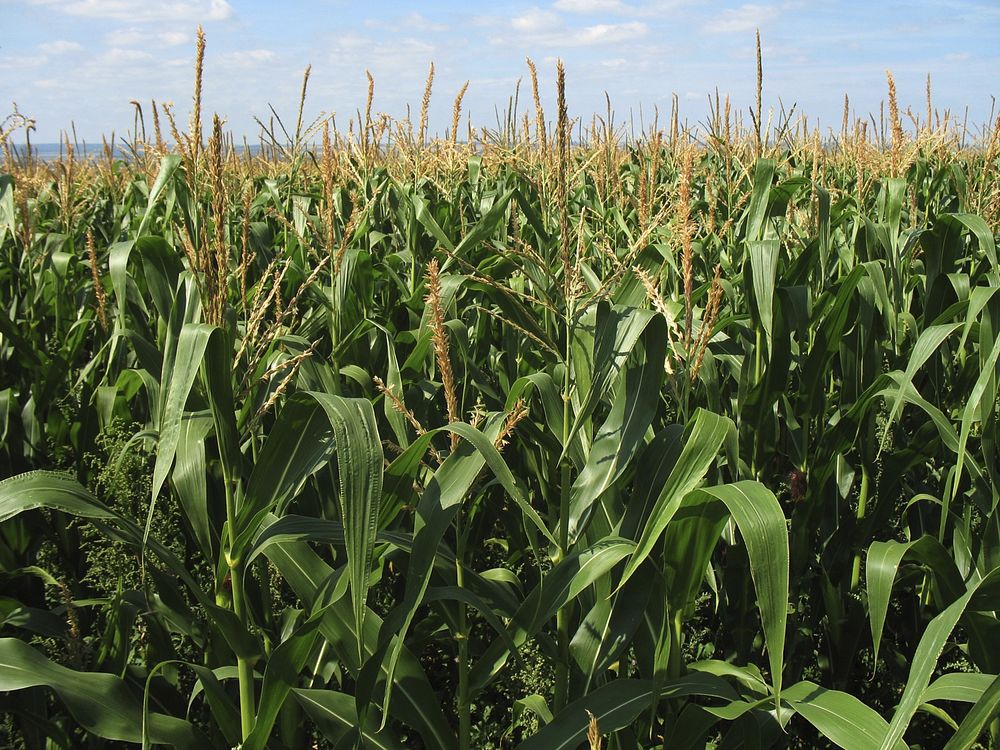According to a 2023 World Bank Group report on Kenya, the deployment of technologies, innovations, and management practices in five per cent of the area under maize production each year would enable Kenya to reach maize self-sufficiency by 2028.
This will help avoid a cumulative shortfall of 122.7–126.4 million tonnes of maize between 2023 and 2050.
It would also reduce land under maize cultivation from 1.9 million to 577,284 hectares by 2050. This will boost resilience and lower emissions from land conversion/deforestation.
Per the report, there is a need for widespread deployment of technologies, innovations, and management practices—such as sustainable seed systems, expanded irrigation, and improved product storage—which could help increase maize production by an average of 75 per cent.
If maize is to remain the main dietary cereal for energy supply and to meet its 2050 food security goals, Kenya will need to expand agricultural land, increase its reliance on inorganic inputs, and allocate resources to improve agricultural yields, which are below those of its regional and international peers.
Dubbed, the Kenya Country Climate and Development Report, it highlighted that through improved irrigation, Kenya could increase agriculture output by 100–400 per cent.
However, the country’s inaction in combating climate change could result in 1.1 million additional poor by 2050 and dampen real GDP by 1.25 to 2.4 per cent by 2030 and 3.61 to 7.25 per cent by 2050.
This will disproportionally affect citizens in arid and semi-arid counties with the underdevelopment of water resources constraining agricultural output and exacerbating the exposure to climate shocks as the country predominantly relies on rainfed agriculture.
Dairy and beef herd sizes also need to increase, by some 21.43 million heads and 6.77 million heads to keep up with demand.
